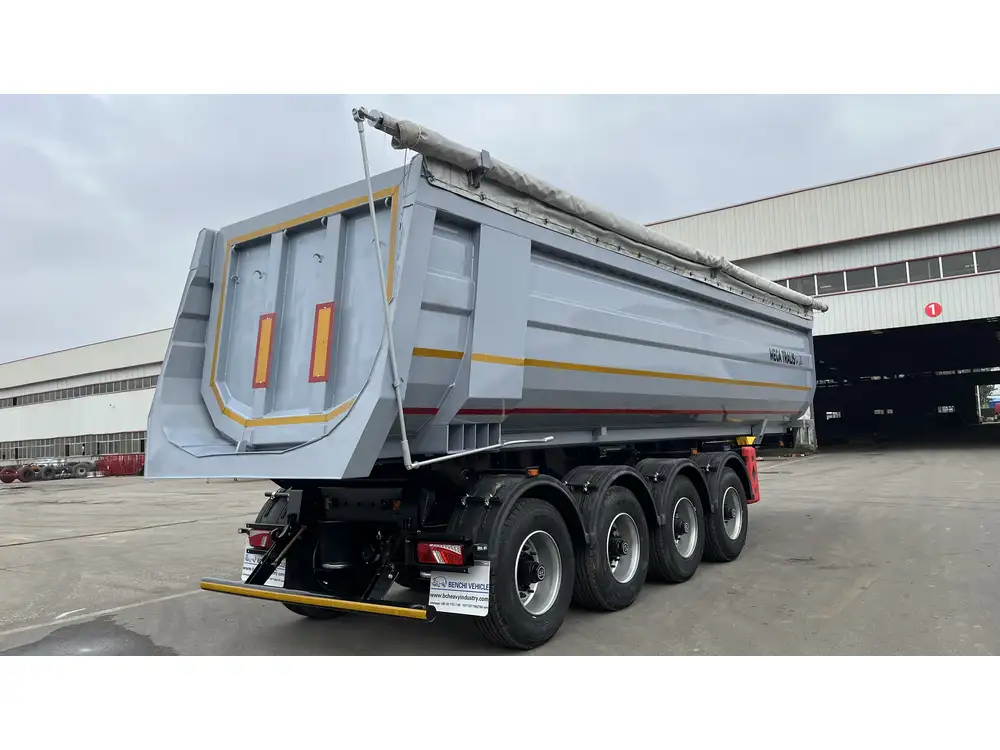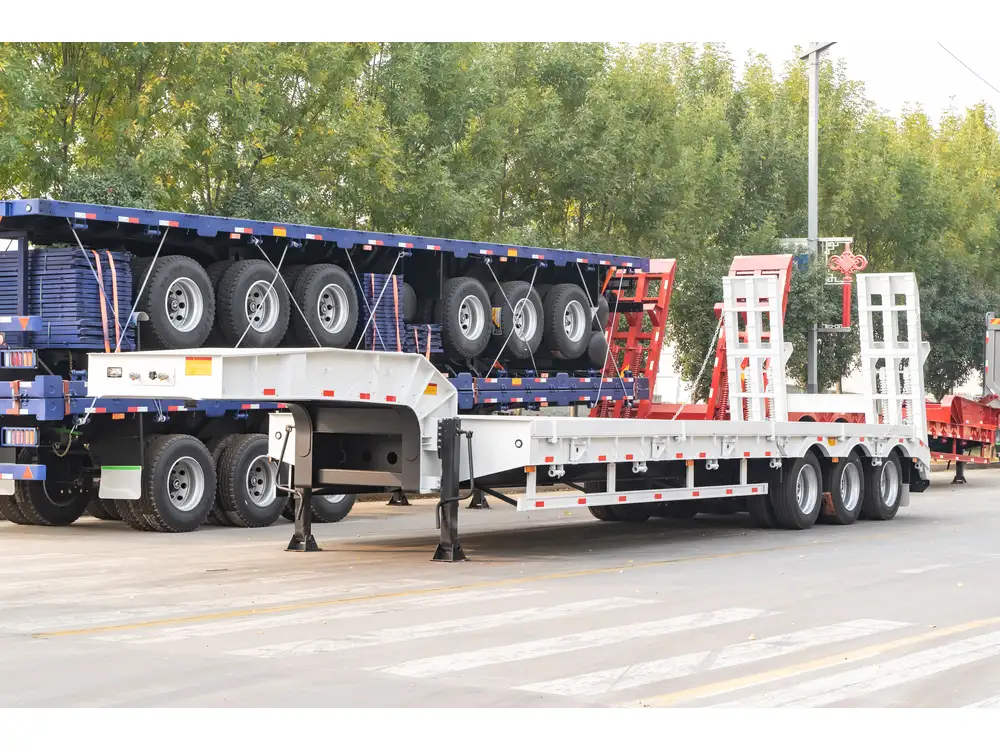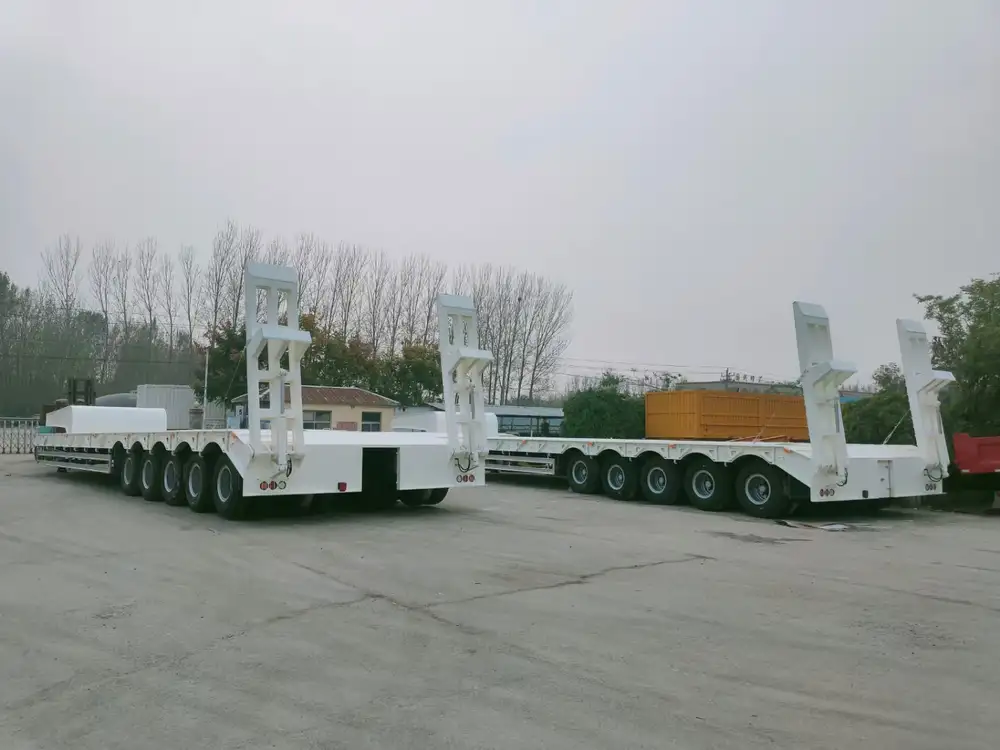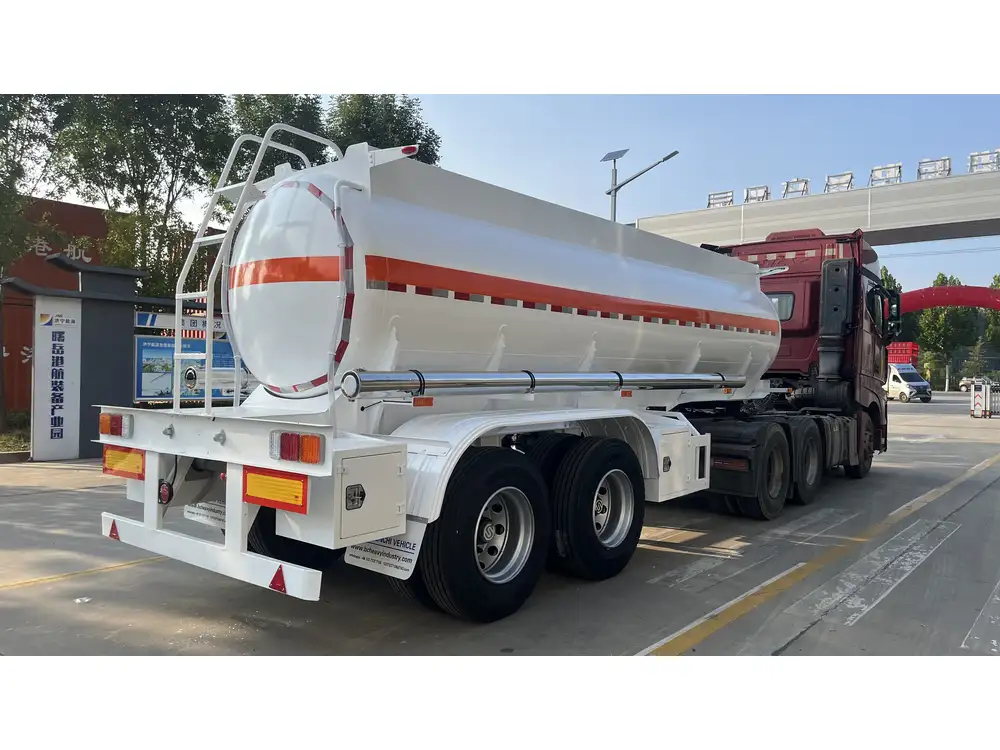Operating a dump trailer on an incline presents specific hazards that demand rigorous attention to safety protocol. Understanding the potential risks and implementing effective strategies can significantly minimize accidents and ensure optimal functioning. In this comprehensive guide, we delve into best practices, risk assessment, and visual safety aids that enhance understanding and execution of safe dump trailer operations on inclines.
Understanding the Risks of Operating Dump Trailers on an Incline
When maneuvering dump trailers on sloped terrain, several factors can influence stability and safety:
| Factor | Impact on Stability |
|---|---|
| Trailer Load | Uneven weight distribution increases the risk of tipping. |
| Incline Angle | Steeper inclines exacerbate the likelihood of rollovers. |
| Soil Condition | Wet or loose soil diminishes traction and stability. |
| Vehicle Type | Differences in design can alter the center of gravity. |
Identifying Common Hazards
Common hazards encountered during incline operations include:
- Tipping Over: This occurs when the center of gravity shifts beyond the base. It’s a primary concern when dumping loads on steep terrains.
- Loss of Control: Slippery or unstable surfaces can lead to a loss of traction.
- Equipment Damage: Improper operation can result in significant wear and tear on components.
- Injury Risks: Workers are at higher risk when near the trailer for loading or unloading.

Pre-Operational Checks
Before engaging in operations, a thorough pre-check can avoid many potential pitfalls:
Inspect the Trailer and Vehicle:
- Examine tires for wear and adequate pressure.
- Ensure that the braking system is functioning effectively.
- Check hydraulic systems for leaks or obstructions.
Evaluate Load Distribution:
- Heavy loads should always be evenly distributed.
- Avoid exceeding the trailer’s weight limit which can lead to instability.
Assess the Worksite:
- Inspect the terrain for slope angle, soil condition, and overall stability.
- Identify potential hazards such as rocks, sharp inclines, or uneven surfaces.
Confirm Safety Protocols:
- Ensure all operators are trained and familiar with equipment.
- Implement a safety briefing for all personnel involved.
Best Practices for Operating on an Incline
When operating a dump trailer on an incline, adherence to best practices is paramount:
1. Position Your Vehicle Correctly
- Angle of Approach: Always approach the incline straight on to prevent tipping.
- Braking Situations: Engage the parking brake before raising the dump trailer bed.

2. Load Management
- Dumping Sequence: Preferably dump loads when facing uphill. This allows the weight of the payload to enhance trailer stability.
- Sequential Unloading: For heavy loads, consider unloading in smaller sections rather than all at once.
3. Use Appropriate Equipment
- Anti-Tip Mechanisms: Select trailers equipped with anti-tip features.
- Use Stabilizers: When available, employ hydraulic stabilizers to mitigate movement while dumping.
4. Monitor Weather Conditions
- Avoid Operations in Inclement Weather: Rain, snow, or high winds can make inclines treacherous.
- Check Soil Conditions Regularly: After precipitation, give time for the ground to firm up before operating.

Safety Graphics: Visual Aids for Safety Compliance
A well-designed safety graphic can simplify the understanding of critical safety protocols. Here is a basic concept for a safety graphic:
Example Safety Graphic Elements:
- Visual Warnings: Clearly depict slope angles where extra caution is required.
- Loading Zones: Use color coding to show safe loading zones versus high-risk areas.
- Equipment Use Icons: Icons that depict the use of stabilizers and correct dumping angles enhance comprehension.
Emergency Procedures
Being prepared for emergencies can significantly reduce fear and chaos during incidents:

1. Establish a Response Team
- Define Roles: Ensure everyone knows their responsibilities during an emergency.
- Train All Personnel: Regular training sessions on emergency procedures can help everyone respond efficiently.
2. Emergency Shut-off Procedures
- Clearly mark the emergency shut-off buttons or switches on all equipment.
- Define protocols for quick access to these systems during operational hours.
3. Communication Plans
- Maintain clear communication channels via two-way radios or hand signals, particularly in areas with high noise levels.

Training and Certification
To operate dump trailers safely, comprehensive training and certification are indispensable:
Types of Training Programs:
| Training Type | Focus Area |
|---|---|
| Orientation Training | Basics of equipment handling and safety protocols |
| Advanced Vehicle Operations | Handling under challenging conditions, including inclines |
| Emergency Response Training | Immediate action protocols in case of incidents |
Regular refresher courses ensure that operators uphold safety standards and stay informed about any new regulations or procedures.
Regular Maintenance and Inspections
Frequent maintenance checks and inspections are critical to operational safety when using dump trailers on inclines:

Maintenance Checklist:
- Daily Checks:
- Tires: Look for wear and pressure.
- Brakes: Ensure they respond promptly and effectively.
- Weekly Inspections:
- Hydraulic Systems: Check for fluid levels and leaks.
- Frame: Inspect for structural integrity and any signs of wear.
- Monthly Reviews:
- Comprehensive service and parts replacement as needed.
Conclusion: Committing to Safety
Operating a dump trailer on an incline introduces a variety of safety challenges that must be effectively managed through a combination of proper training, meticulous planning, and robust maintenance. By adhering to these best practices, operators can ensure not only their safety but also the safety of their team and the longevity of their equipment.
Taking safety seriously is not just a regulatory requirement—it’s a foundational aspect of operational efficiency and success in the heavy vehicle industry. As we continuously evolve our understanding of safety protocols, it is incumbent upon all stakeholders to prioritize robust safety measures.
Key Takeaways:
- Understand the risks associated with inclined operations.
- Conduct thorough vehicle and site assessments before operations.
- Implement best practices and regular training to promote a safety-first culture.
- Use visual aids to reinforce safety protocols.
By committing to these principles, organizations can mitigate risks and enhance operational excellence, resulting in increased productivity and safer working environments.



